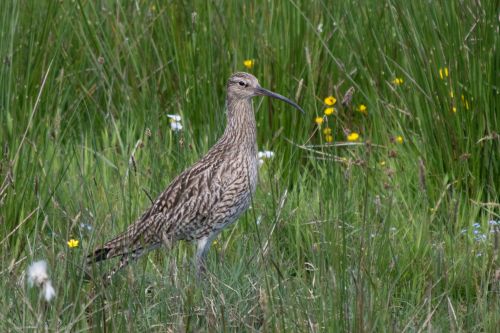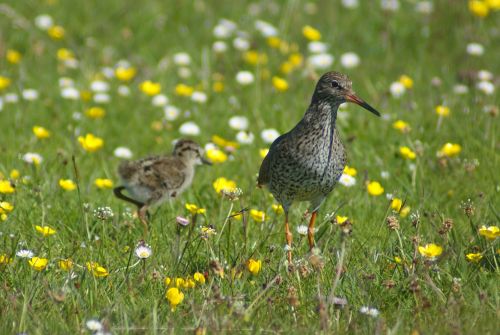Working for Waders started in late 2017 to tackle the decline of wading birds across Scotland. Developed from Understanding Predation, the project is open to anyone with an interest in waders and aims to raise awareness about wader decline, show that these can be reversed and demonstrate the importance of working in partnership.

GWCT Scotland is actively involved in the project, contributing support to information needs and to collaborative initiatives. With a lot of time up to now devoted to getting a handle on what’s happening on the ground, Working for Waders is determined to focus efforts on delivering practical gains. GWCT will play its part in shaping this effort.
We know that suitable habitat and farming practice both play a central role in wader conservation. Substantial numbers of waders including curlews, lapwings and oystercatchers still return in the Spring to Auchnerran, our Scottish Demonstration Farm. Much of the Trust’s research on the farm assesses the different impacts made by our land use. Equally, given the Trust’s game research credentials, a key component of our work is around predator management, and promoting an open, honest discussion about which species should be controlled and the level of control that is appropriate.
If we are to achieve a significant recovery of waders across Scotland, predator management will often provide the most immediate response. Habitat management can take much longer to yield results and may be particularly challenging if not deployed in conjunction with predator control.
Equally, the idea of working in partnership to achieve progress is at the heart of GWCT’s encouragement of Farmer Clusters. Well established in England, the concept is now taking root in Scotland. The challenge of stabilising and rebuilding the population of wading birds in Scotland needs to be addressed by significant landscape-scale initiatives. The best efforts of individual farmers and other land managers are unlikely to be enough unless brought together through wider collaboration. Farmer Clusters will be a key part of that effort, particularly where habitat management is combined with predator control.
You can find out more about the Working for Waders initiative here
